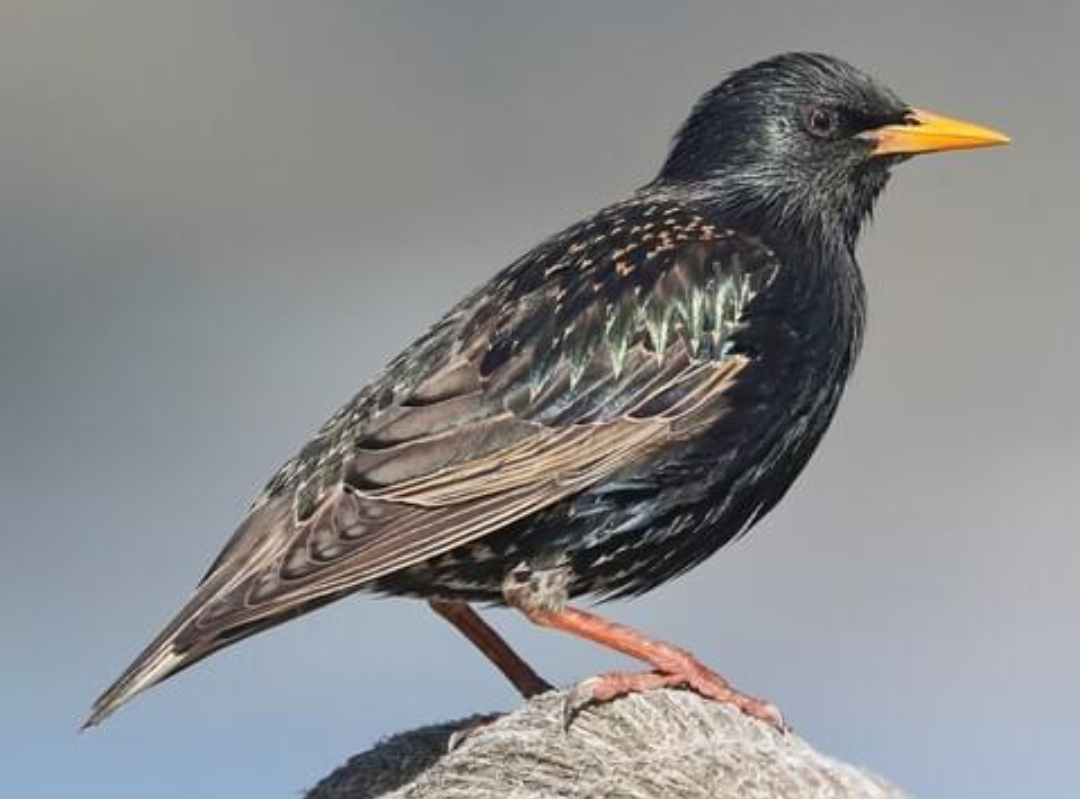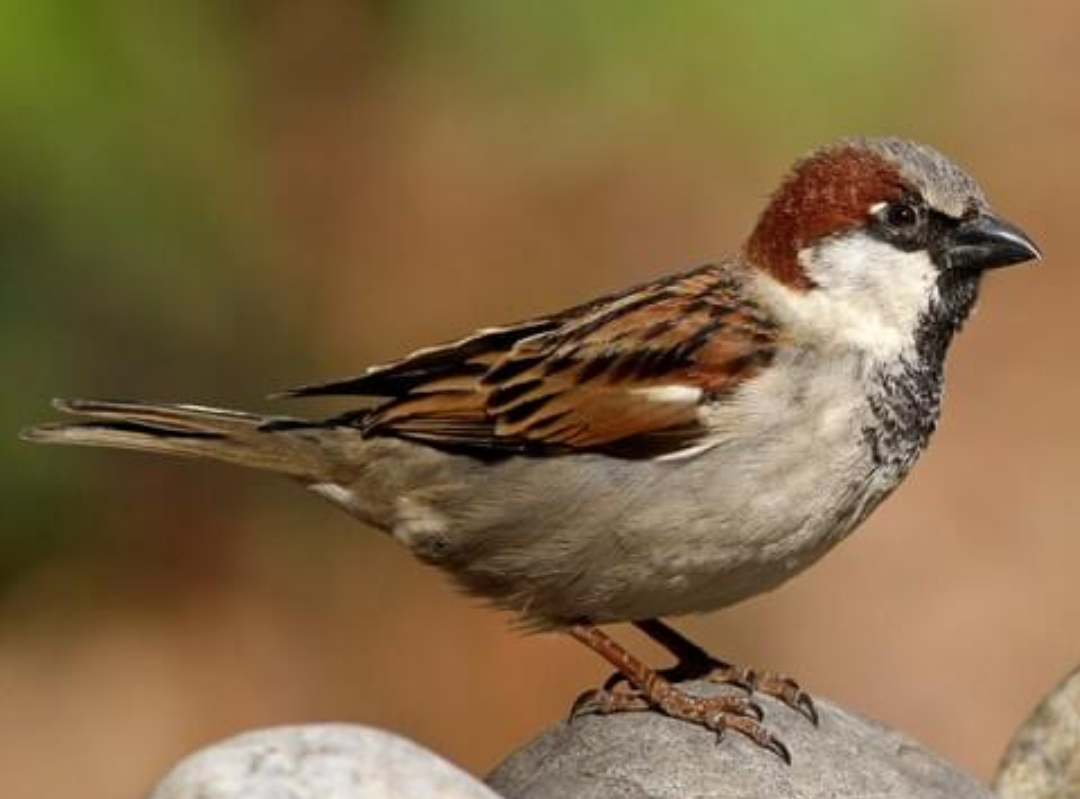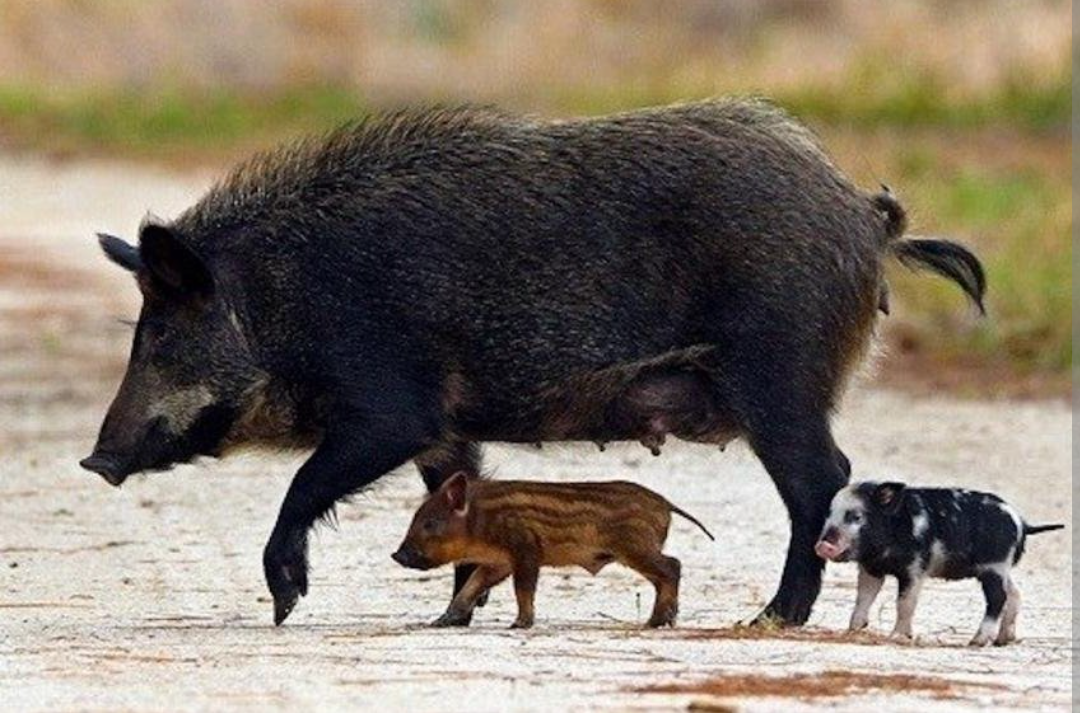Devils Come in All Shapes
Being a New Jersey native I am no stranger to the folklore of the Jersey Devil. It is said that this horse-headed, bat-winged, cloven-hooved monster roams the pine barrens of the southeastern part of the state, terrifying people with its blood-curdling screams. As a child and teen driving to visit the beaches, I would gaze out the car window searching for the creature that haunted the area. I have not thought about this mysterious cryptid for decades. That is until my most recent visit to the beach. I saw things that day that made me realize that devils do come in all shapes.
One late August day, my daughter and I took our annual excursion to the beach. As with every long-distance trip, I approached this one with the trepidation of someone who doesn’t have three decades of driving experience, but I knew that the change of scenery and a girls' day were just what we needed. We were anticipating hours of worry-free fun in the sun, sand, and surf with my sister-in-law and niece. I decided to cast aside my old pervasive thoughts about what could go wrong with the travel and focus on the enjoyment that was to come. We arrived at the beach after a fairly uneventful journey and were greeted with warm hugs. Once, I laid eyes on the ocean I knew it was going to be a perfect, carefree day. That is until Hannah picked up a small, soot-colored, horned object that she was unable to identify as either plant or animal.
Hannah cautiously holding what she had yet to identify.
What she held in her innocent hands was a devil’s head. Harmless and interesting to a curious observer, this seed pod if left alone to float and drift can unleash an evil few people are prepared to battle. I told her to collect as many as she wanted because her entertainment would also be helping to thwart the spread of it.
Devil's head is the common name for Trapas Natans, a type of water chestnut native to Europe and Asia. It was introduced to North America in the mid-1800s. The first recorded appearance was noted in Concord, Massachusetts. Since then it quickly spread throughout New England and was classified as invasive. It took a while, but it eventually invaded New York and New Jersey waterways. This seemingly harmless plant takes root in shallow nutrient-rich water and forms a dense mat, quickly out-competing native flora. Once mature, the wicked seed pods detach and float to new destinations to spread their troublesome seeds.
Seeing a devil head up close.
With the educational portion of our morning over, I was ready to get to boogie boarding. Then I noticed it - an innocuous-looking insect that can easily deceive the uninformed nature lover - the dreaded Spotted Lantern Fly (SLF). I had never encountered one before but my sister-in-law informed me they are quite the nuisance at the Jersey Shore. Residents are told to kill them on sight. As much as I loathe killing any insect other than a blood-sucking mosquito, I had to agree. The Lantern Fly is more than annoying. It is dangerous to the local ecology and agriculture.
Spotted Lantern Fly with its wings open.
These harmless-looking plant hoppers will destroy maple trees, stone-fruit trees, and vineyards. They are native to China where they dine on the Tree of Heaven (also an invasive species). Now, here in a new land, they are expanding their palate. To someone like me, this is terrifying. I’ve seen what an invasive species of insect can do to a wood lot. The emerald ash borers destroyed dozens of trees on my property and now I’m left with crumbling gray trellises for poison ivy to climb. I would hate to see the same happen to the still thriving maples.
So, for the first time in her young life, I told Hannah to kill any SLF she saw and I would do the same. We squashed and buried all the ones that landed on our chairs and umbrella. No way was I going to bring a hitchhiker home with me. Then we finally hit the water and we quickly learned that not even the fury of the sea can conquer the tiny terrors. Hundreds rode the waves ashore and much to our horror they were alive. We did our best to preach the word, recruiting a righteous army of beachgoers to annihilate the enemy forces before they could fly out of reach.
When it was time to pack up for the day, I thoroughly combed through all my belongings for fear that my beach bag might prove to be the perfect vessel for a tiny devil or two to gain passage across state lines into the Hudson Valley. While packing my bags and towels into the car, I scanned my surroundings for fear that one might appear. I even gave Hannah a thorough frisking. I was in no mood to dance with the devil.
The hours-long drive home with a snoozing tween gave me time to sit in silent contemplation. Normally, the timid motorist in me would worry about traffic and the pervasive problem of reckless and distracted drivers, but those old familiar thoughts took a back seat to the new ones that possessed my mind. The environmental scientist in me was awakened and I was returned to the days I spent researching and teaching about invasive species. That time in my life trained me to see the potential danger in the most beautiful creations. I knew that once I got home I would go down a rabbit hole learning everything I could about SLF and how to protect my land (if ever they made it that far north and west). Within days, I quickly realized that somehow this fairly recent (since 2014) invasive species had also invaded my brain. I just couldn’t stop thinking and talking about them.
Invasive and pervasive, although different, both have negative connotations. Invasive refers to an unwelcome crossing of boundaries resulting in a negative impact on the native population whereas pervasive refers to something being common and unpleasant, but doesn’t include a perpetrator and victim. My experiences that day at the beach and the days following made me wonder about how our pervasive human activity is to blame for the toll invasive species continue to take on our environment. We like to complain about the damage they cause. We like to come up with clever ways to handle them. But none of us consider how we start the problems in the first place.
I’ve written about invasive species before and how I have come to coexist with them. I walk around my neighborhood and I can name plants, insects, reptiles, and birds that shouldn’t be here but somehow now belong. Do you know that common birds throughout the US like the starling, house sparrow, and rock pigeon are invasive? Do you know that there are even wild hogs wreaking havoc in many states?




Feral swine are one of my favorite examples of an invasive mammal. Brought here from Eurasia as a game species, they quickly escaped and multiplied and are now destroying farmland and woodland throughout parts of the United States. They are so detested that hunters can kill them without limit all year round. In some states, they are even hunted by helicopter. The more I learn about these things the more conflicted I feel. I hate the idea of ecosystems being destroyed but I also hate mass killings of animals. I’m even starting to regret my SLF eradication at the beach. My point is this - we villainize creatures that didn’t even choose the foreign land they accidentally or forcibly found themselves in. When their numbers get out of control we get up in arms and get ready to do battle for the land that belongs to us, but we don’t stop and think that the problem began with us and the choices that we made.
Whether accidental or intentional, humans are the reason that organisms from one part of the world arrive at another. The problem began centuries ago when we started exploring, trading, and migrating. Today there are laws and regulations regarding invasive species and governments are attempting to prevent and control problems caused by them. Sadly though, the belief that humans have dominion over nature is still common amongst our species and some people choose to do what they want (regardless of legality) without giving much thought to the impact their actions might have. An interesting example of this is the small herd of 4 hippos illegally obtained by Colombian drug kingpin Pablo Escobar in the 1980s. After he died in 1993, the hippos were left to roam his estate and surrounding wetlands. Now, there may be as many as 70 to 130 (depending on what you read) of them in the wild resulting in them being listed as an invasive species. Colombia’s Environment Ministry is left with the task of keeping these locally beloved creatures from becoming a threat to the country’s biodiversity.
A mother hippo with its calf in tow. Image by Diana María Pachón.
Who would have thought that a trip to the beach could lead to all this? Not me, but I’m glad it did because it gave me something new to wonder about. As I was writing this and spiraling out of control, I realized that life is and forever will be full of things to worry about and that most of those things are the result of being human. Whether it is my own human mind making me doubt myself or ecological destruction caused by human carelessness, there will always be some kind of devil to fear. I can’t exorcise any of them from my life and I must be fine with that. My only option is to coexist with the thoughts and entities that disturb me while choosing to never allow them to control my life because I know, even if I never witness it, that for every evil there is a good. The best I can do is to listen to the angel on my shoulder and cross my fingers that other people will do the same. I won’t hold my breath though because no one should ever wait that long to exhale.
This is the part of the day that really mattered.











